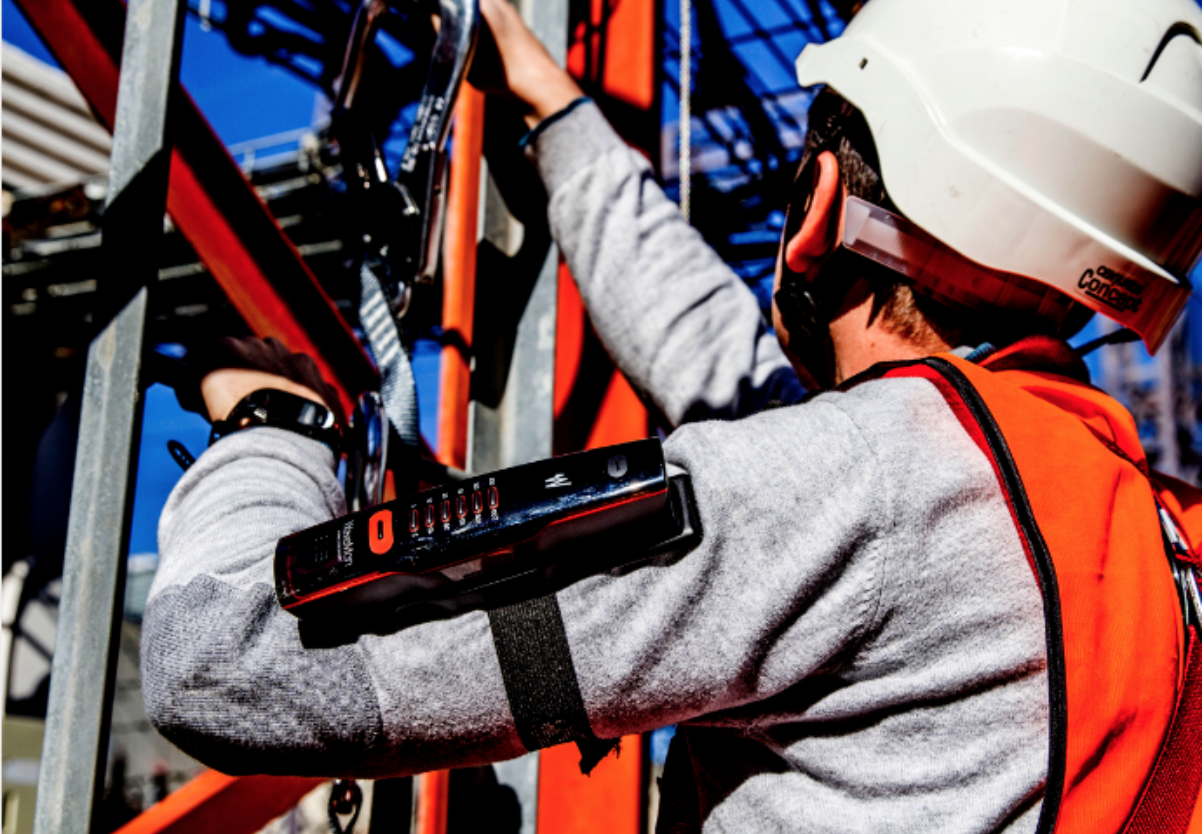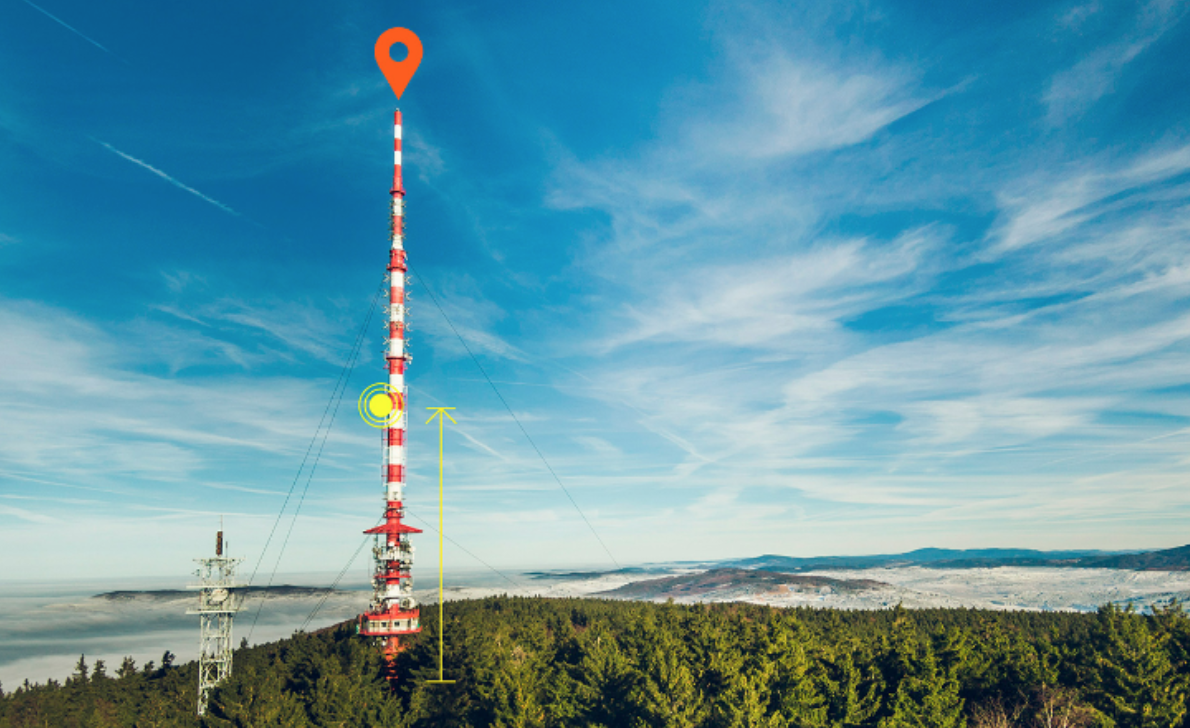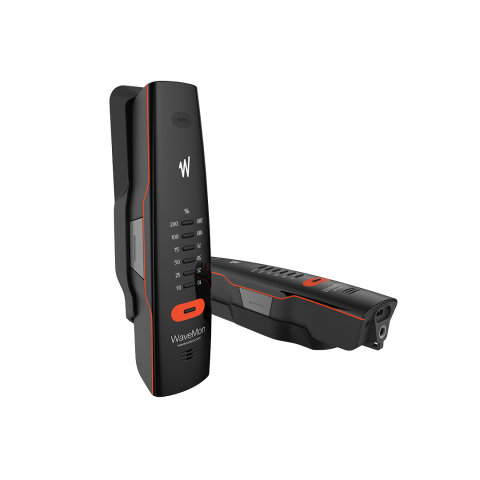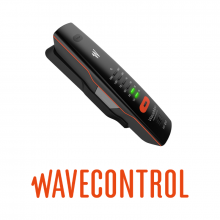Product Review - Wavecontrol WaveMon RF-60
In Australia, the radio frequency spectrum in the 26 GHz (25.1–27.5 GHz) and 28 GHz (27.5–29.5 GHz) bands has been allocated for 5G applications.
Telstra, Optus, and Vodafone's 5G networks (as well as other smaller providers) span Melbourne, Sydney, Canberra, Brisbane, Adelaide, Perth and Hobart covering more than 75% of the Australian population.
The race is on to extend the breadth and depth of these networks to win market share.
The attraction of 5G has stimulated the rapid growth of new cloud-based applications, artificial intelligence, smart homes, buildings & cities, video games and medical services that come with faster network speeds, lower latency and concurrent connections.
With the increase in RF energy that underpins these 5G networks, there are concerns amongst installation & maintenance personal, as well as the general population, regarding the potential adverse health effects from exposures to RF-EMF from the deployment of these networks and associated technologies.
Wavecontrol is an engineering company, founded in 1997 that specialises in the measurement of electromagnetic fields. They have developed the WaveMon RF-60-ARPANSA to cover RF frequencies up to 60 Hz, which is ideal to help protect people against overexposure to RF radiation in the 5G spectrum.

The WaveMon RF-60 measures both E and H fields in near field conditions simultaneously on all three axes with the same intensity regardless of the direction of measurement.
It offers a weighted response to ICNIRP, European Directive 2013/35/EU, FCC, and Safety Code 6 (2015), with the possibility to obtain instant and average value as per the normative using a sliding windows average.
Included is a datalogger that allows for the download and visualisation of the data in graph and table formats, with user configurable logging intervals.
To warn the user of increasing and/or critical exposure levels 3 different type of alarms are given (visual, audible, and vibrating) to make the worker aware of the unhealthy situation.
As an option, an integrated GPS and altimeter will save data in the format: Date; Time; Value; Latitude; Longitude; and Relative height.
An example where this is extremely useful is for telecommunication workers servicing towers.
Using the GPS information, data can be geolocated on a map in a third-party GIS system. It is very useful if the utility quickly needs to visualize where there are the “hot spots”.

When the personal monitor is worn on the body, which is how it is most often used, reflections of electromagnetic fields from the body itself can affect the measurement and compromise its accuracy.
To overcome this, the holder for the WaveMon includes an RF absorbent material to reduce that effect. When the device is in the holder, next to the body, the absorbent material is placed strategically between the sensor and the body. However, when it is used away from the body, outside the holder, that material is not present and the WaveMon gives an undisturbed isotropic behaviour.
The holder has a snap-in-base, making it practical and easy to use with one hand.
The device is small and lightweight and works with AA batteries that can be recharged via the USB port. It can also use standard AA batteries, so that they can always be easily replaced.
The following video provides a brief overview and video of the 5G Ready WaveMon RF-60 and how it meets the requirements for installation and maintenance workers warning unhealthy RF exposure.
Please do not hesitate to contact ADM Nuclear Technologies for assistance with learning more about the Wave Control WaveMon RF-60.


